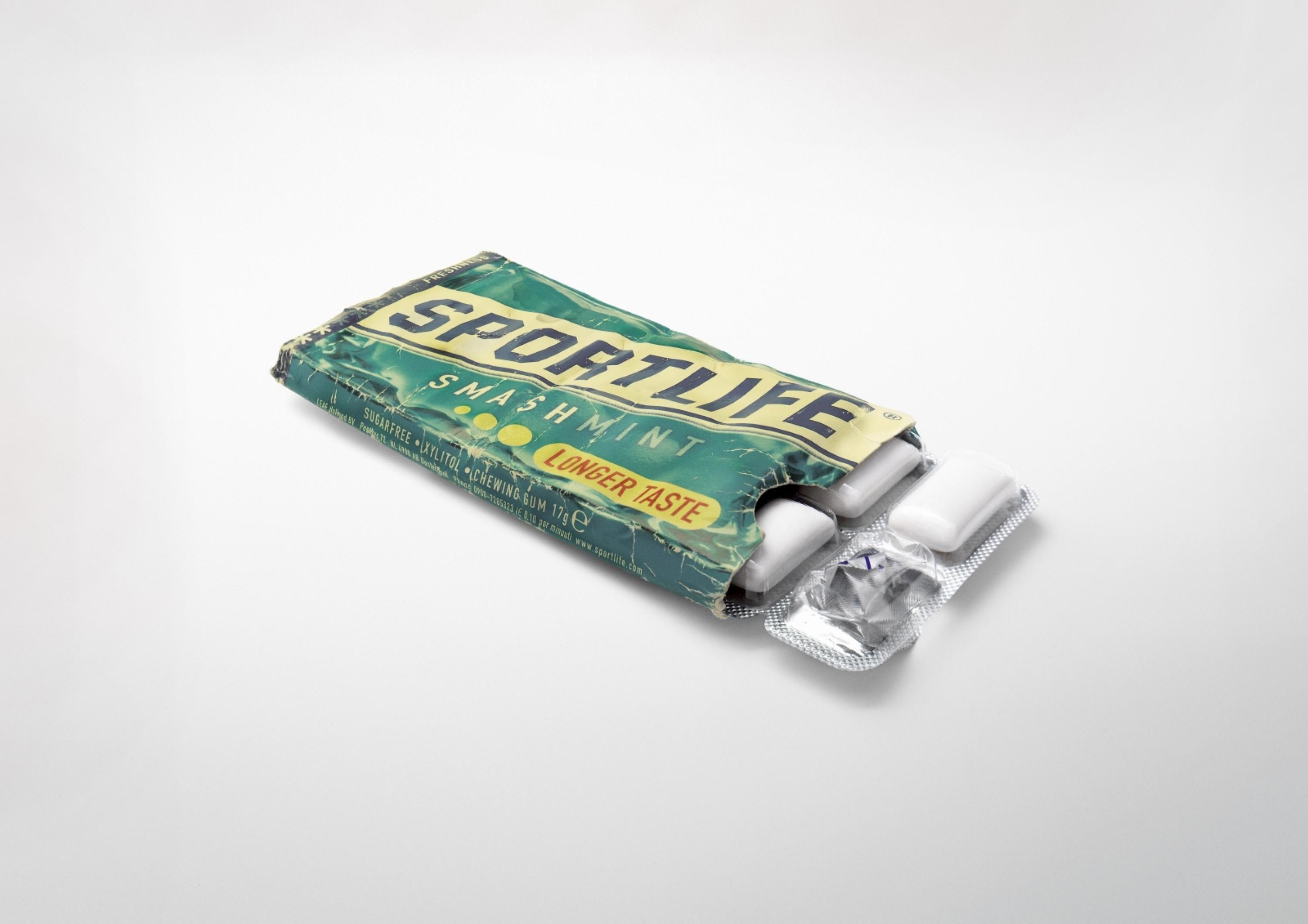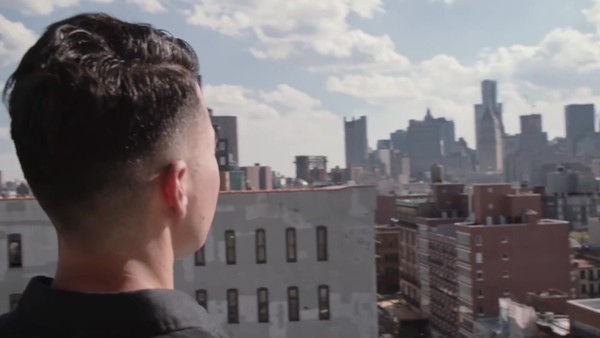Digital Craft > Form
BLOOM: OPEN SPACE
LISTEN, New York / MICROSOFT / 2018

Overview
Credits
OVERVIEW
CampaignDescription
Bloom: Open Space takes Brian Eno’s award-winning app, Bloom, into mixed reality using Microsoft HoloLens, allowing participants to experience generative music in a completely new context. We brought HoloLens technology and developers to Eno and Chilvers, empowering them to explore a new dimension to their work. At Bloom: Open Space, guests stepped into a central zone surrounded by screens, where they physically experienced Bloom – tapping the air around them to create elaborate patterns and unique melodies with the simplest of gestures. Blurring the lines between the physical and virtual, Bloom: Open Space emphasized a sense of wonder, calm, and community; as users “bloomed” together, each user saw and heard not only her blooms, but those of the participants around her. Together, the group created an ever-changing generative music soundtrack, based on sounds designed by Brian Eno.
Execution
For Bloom: Open Space, we created a brand identity that captures the emotional power, texture, and movement of Eno’s music. It’s designed to represent creative optimism, inspired by the positive impact of the union between virtual and physical. Chilvers recreated the original Bloom iPhone app in three dimensions with Unity. Participants utilized the HoloLens’ “airtap” to create blooms in a shared space. With node.js and HoloLens spatial tracking features, a curated subset of blooms created by users was seen and heard by other users in the interaction space, as well as on screens surrounding the interactive space. (6) 8’ wide x 14’ tall high-definition projection screens surrounded the hexagonal interaction space. Screens were a “dual-vision” material; projections were viewable from both sides, allowing for a passive viewing area outside of the interaction space. The soundscape was collaboratively generated by users’ interactions, and had two layers: the sound a participant heard in the HoloLens sound system, and the ambient sound in the room, composed by Eno and tied in Unity to the (6) discreet projection outputs. Each screen had a discreet audio feed, played through a speaker located above and below the screen.
Technical Specs:
(2) Custom 4U Rackmount computers, with i7 Hexacore 3.3ghz processor, 16GB 2133 RAM, and (2) Nvidia Quadro P2000 GPU, in a primary/backup configuration.
(1) Custom 1U Rackmount computer, with i3 3.9ghz dual core processor, 16GB RAM, for running the node.js server and web app to control system variables.
(6) 10k Lumen, DLP Projectors in Portrait Orientation
(6) 14’ x 8’ Dalite Dual Vision screens
(6) L’acoustics x12 Speakers
(36) Microsoft Hololens, (6) in simultaneous use
More Entries from Music / Sound Design in Digital Craft
24 items
More Entries from LISTEN
24 items



